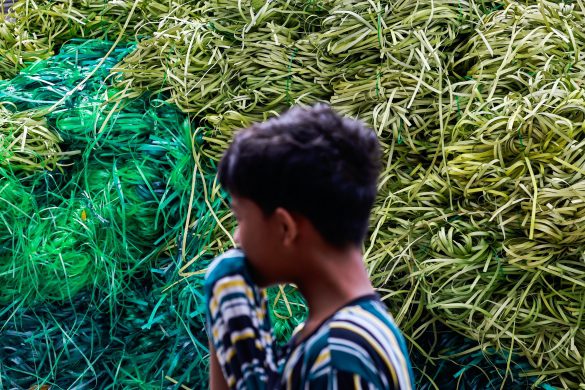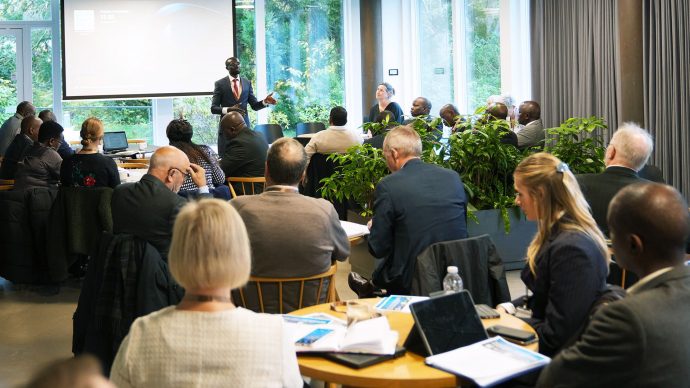The fast road to a Middle-Income country: World Bank Approves Largest loan to Vietnam to Support its Stimulus Effort and Public Investment Reform Program
WASHINGTON 22 December, 2009: Vietnam moved a step closer to its goal of reaching middle-income status by 2010, with the approval by the World Bank of the first loan to Vietnam from the International Bank for Reconstruction and Development (IBRD).
IBRD is the low-interest lending arm of the World Bank aimed at reducing poverty in middle income and creditworthy poorer countries. Until now, World Bank support to Vietnam has come from the International Development Association (IDA) which provides credits and grants to the world’s poorest countries. The newly approved loan is a 500 million US dollar development policy loan that supports a program of public investment reforms in Vietnam.
– This is a significant milestone for Vietnam – a country which has moved from the category of “Highly Indebted Poor Country” to middle income status in less than seven years, said World Bank Vice President for the East Asia & Pacific region Jim Adams.
– Weaknesses in public investment processes have been highlighted during the recent macroeconomic turbulence. This loan is aimed at addressing some of these weaknesses, Adams noted.
The loan, the largest ever made by the World Bank to Vietnam, is the first of two single-tranche operations that will support the country’s stimulus program in response to the economic crisis.
And by supporting a series of public investment reforms to improve the quality of public investment, the loan should enhance the impact of Vietnam’s stimulus package as well as its subsequent public investments that are important to sustaining Vietnam’s high economic growth.
Over the last two years, Vietnam has experienced a succession of shocks – starting with massive capital inflows in 2007, a surge in commodity prices in 2008 and export declines as a result of the global economic crisis.
Stimulus measures adopted in late 2008 and supplemented in early 2009 contributed to strong growth, now projected to be 5.2 percent for 2009.
– The loan is supported by a strong World Bank program that builds on the Government’s determination to strengthen its public investment processes, said World Bank Country Director for Vietnam Victoria Kwakwa, adding: – The quality of Vietnam’s future growth will depend on these reforms.
The areas strengthened under the reform program include environmental screening of publicly funded infrastructure projects, environmental management, project preparation and appraisal, procurement, public financial management, the regulatory framework for private participation in infrastructure and monitoring and evaluation.
Tuesdays loan approval builds on the recent Country Partnership Strategy Progress Report which takes stock of progress made in implementing the five-year Country Partnership Strategy that will conclude in June 2011 and introduces some adjustments for the remainder of the period.
These adjustments include the introduction of IBRD borrowing, at an indicative level up to 1,7 billion dollar during the next year and a half; and support for further strengthening natural disaster response, climate change adaptation and mitigation, a framework for public-private partnerships for infrastructure, higher education reform, and facilitation of technology innovation.
The World Bank declared Vietnam IBRD-eligible in late 2007. The Government has requested a gradual transition to borrowing from the World Bank on IBRD-only terms and will continue to access IDA funds during a multi-year IBRD/IDA “blend” period
For more information about the World Bank in Vietnam, visit: www.worldbank.org/vn
Kilde: Verdensbankens website














